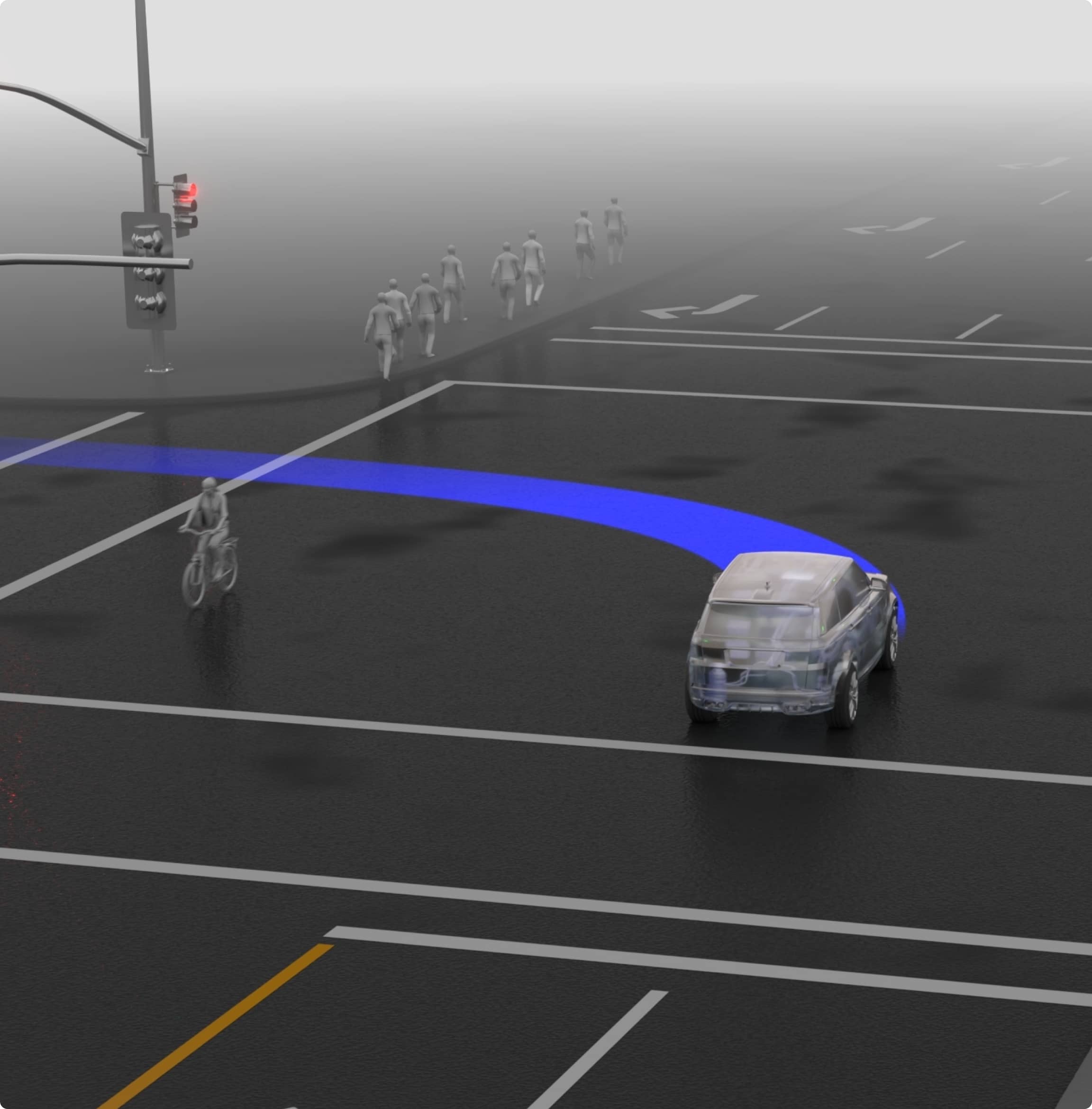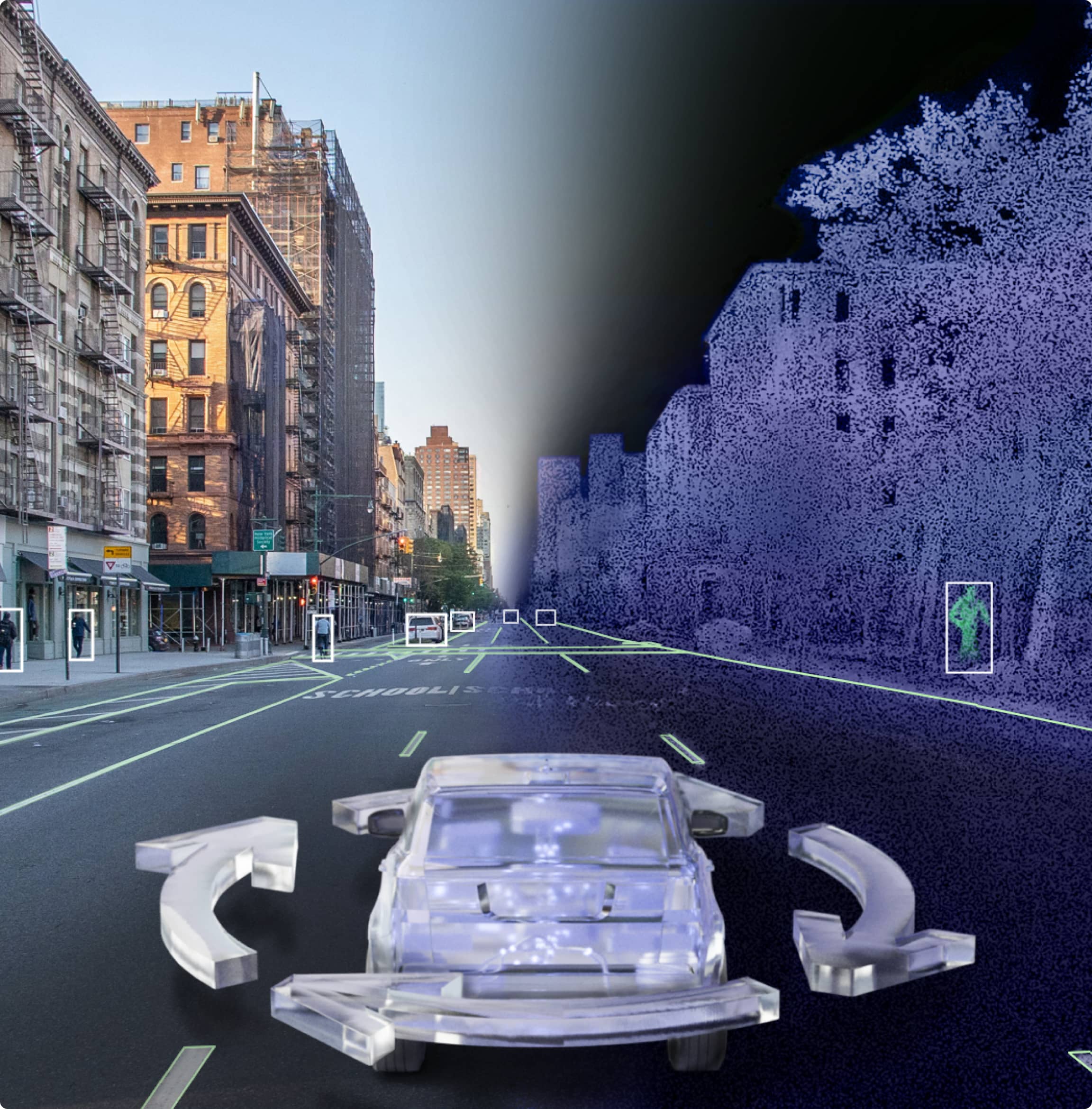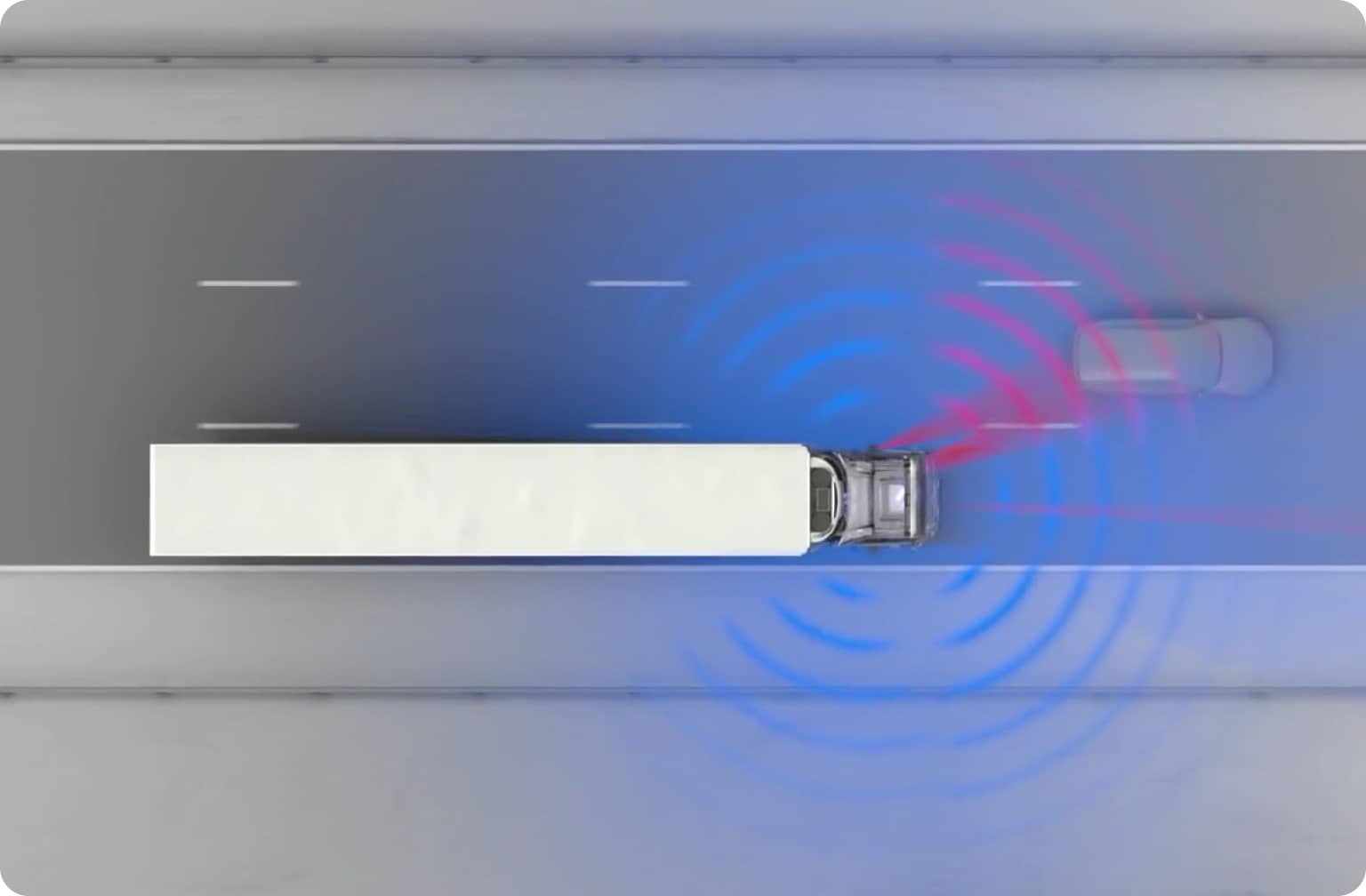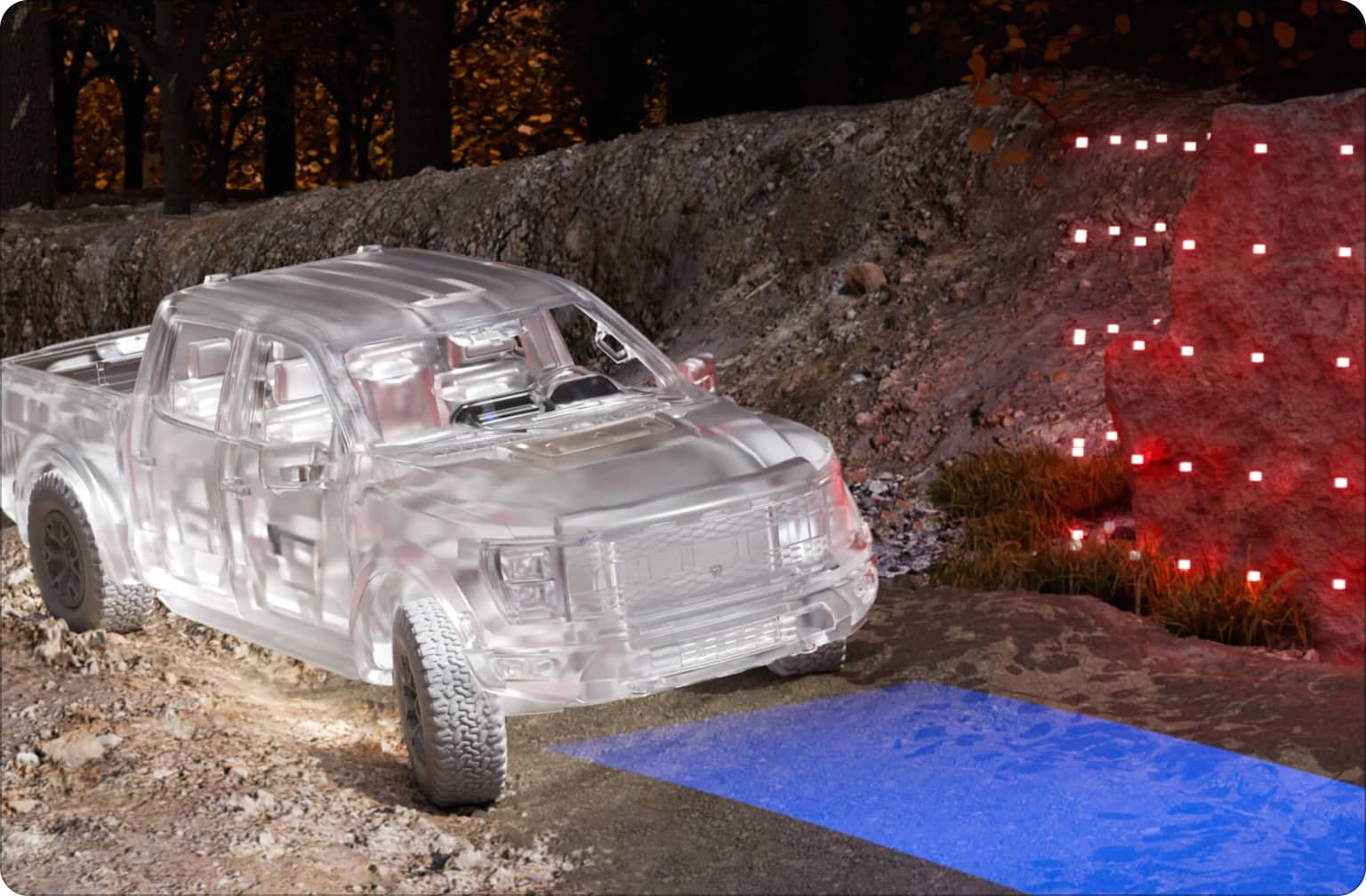How is SDS for Automotive different?
Applied Intuition’s offerings

Autonomy stack components

Data engine
The data engine provides robust pipelines to collect, ingest, process, label, curate, and mine petabytes of multi-modal vehicle and sensor data, built on scalable infrastructure that manages compute, tracks experiments, and accelerates model iteration and deployment

Reference hardware architecture
Tooling for system integration and validation
Scenario-based testing frameworks covering millions of situations, with metric computation and baseline comparison to prevent regressions and measure improvements
Neural simulation and reactive agent capabilities for end-to-end model development, supporting closed-loop training and validation







.webp)
.webp)
